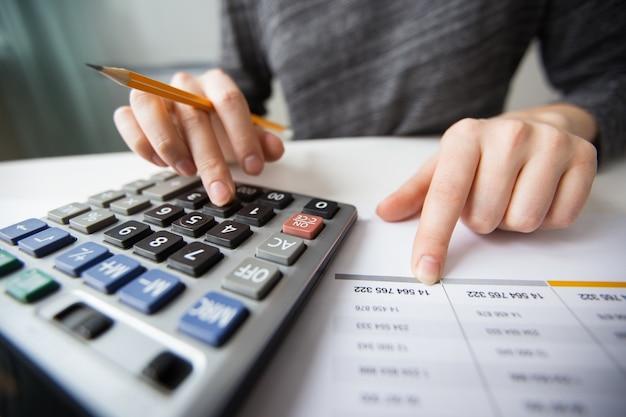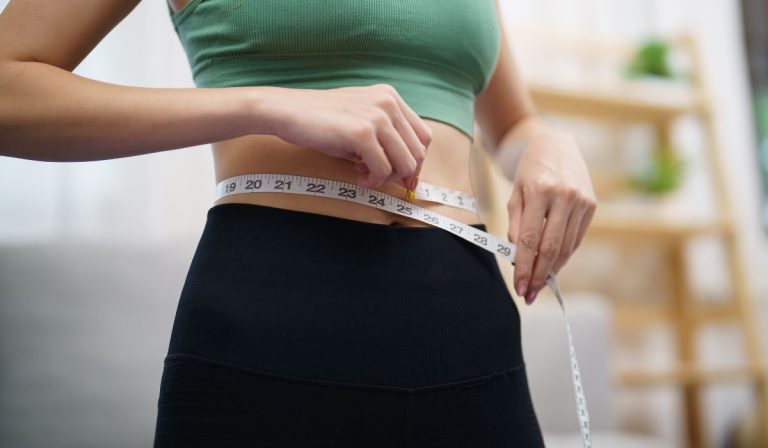Self-checkout at grocery stores and big box retailers is convenient and easy, but it also makes it much easier to steal. We’re not talking about shoplifting actual items here; we’re talking about using fake bills to pay for items.
So Will You Get Caught Through Self-Checkout Using Fake Money? Plenty of fake bills are passed off as real every day, and sometimes people get away with it. But there are ways that the self-checkout station can detect if a bill is counterfeit or not.
So, the next time you pay with a counterfeit $20 bill at self-checkout, consider these three things:
- The most obvious thing they do is check to make sure the bill is legit. They have scanners that will determine if the bill is real or fake. These scanners will also determine if the bill has been previously marked as counterfeit.
- Some of these scanners can even tell if the dollar bill has been washed and reprinted with another denomination on it. It’s best not to try this trick because many of these scanners can spot it from a mile away.
- Some stores also have hidden cameras watching your every move at the self-checkout register. If you attempt to use a fake dollar bill and get caught, they will make sure that you are prosecuted to the fullest extent
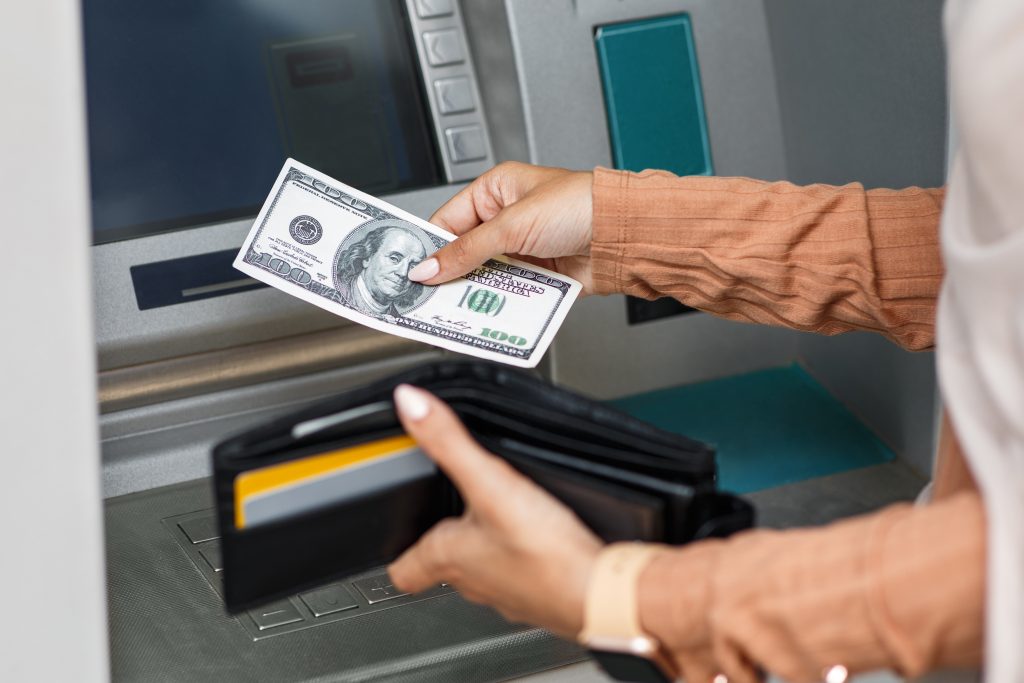
Will You Get Caught Through Self-Checkout Using Fake Money?
The best answer is yes, you’ll get caught when you use fake money to self checkout. The reason is that there are multiple layers of security measures that are in place in any Point Of Sales (POS).
If you’ve ever encountered self-checkout machines at a grocery store. It’s a bit like using a pay-at-the-door system, except that you have to actually insert the money into the machine.
If you’re thinking about using fake money in this type of situation, here are some things you’ll want to know:
While it cannot be 100% guaranteed the machines would act as intended, the machines are also very smart. They can scan every detail of a banking note to ensure its validity.
At some point, since it’s not free from errors, it can actually report fakes even though it is real money and accepts fakes as real money. The whole thing is not guaranteed but your chances of getting away with such a crime are very slim.
A self-checkout terminal is a great convenience for customers. It’s quick, easy, and fast but it also can give you away if you’re caught using fake money.
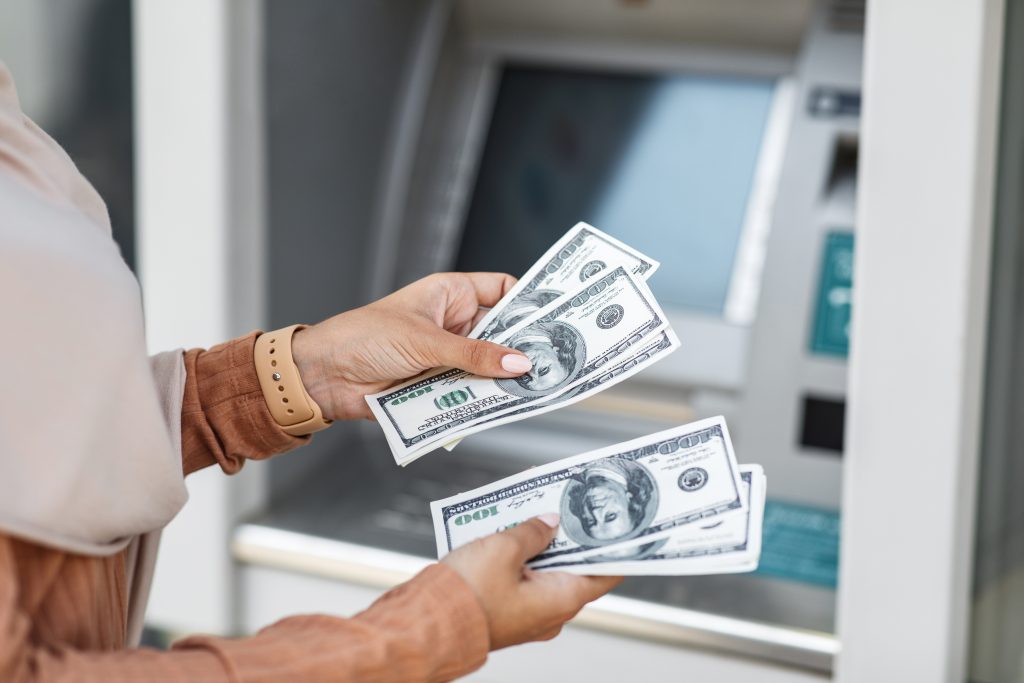
Will Vending Machines Take Fake Money?
The answer is yes and no.
A lot has to do with the way that the vending machine checks the money. If it uses a magnetic strip on the bill like in Canada, then it’s easy to trick the machine by using a magnet. In other countries, however, there are different ways that the self-checkout machines can check for counterfeit bills. That’s why you need to know how to do this without getting caught.
Certain vending Machines Are Easier to Trick Than Others
Some vending machines are easier to trick than others. The main reason is because some machines will check your bill by scanning it and seeing if it looks too fake. If it does, then it won’t be able to accept it. You’ll have to either scan another bill or call a store clerk over for help.
If you’re looking for a machine that accepts fake money because you want to buy something small like candy bars, then try looking around for an older model self-checkout machine since they aren’t as advanced as newer ones. Older machines might not be able to detect that your
But be warned, Under US Laws, being in possession of counterfeit currency is liable to imprisonment for a term not exceeding twenty-one years.
How Do Vending Machines Detect Fake Coins?
Many vending machines use optical sensors to count coins but reject foreign or counterfeit coins, simply by measuring the diameter and thickness of the coin. The machine’s software knows what diameter, thickness, and shape each different coin is supposed to be and rejects anything that’s not exactly right.
Some machines need to verify that coins are magnetic, as well, because some metals are similar in size and thickness to real coins, but would pass through the optical sensor. (A vending machine may accept both real and false coins from an optical sensor, but still reject the false coins when they reach the magnetic-sensor stage.)
All vending machines have little brains that tell them what coins are real and which are fakes. Their tiny brains can tell whether a penny is real or not because the coin has more than one material.
Real coins are made up of several materials, usually nickel and copper. But some pennies (and nickels and dimes) are made of two materials, and vending machines can tell the difference!
Coins without these two materials cannot fool a vending machine’s brain, so when you drop in a fake coin it will realize it is fake and spit it back out at you!
One funny thing is these machines also understand different currencies if set. But in most cases, another country’s currencies can also be regarded as counterfeit and won’t pass the scrutiny to pass it as real money.
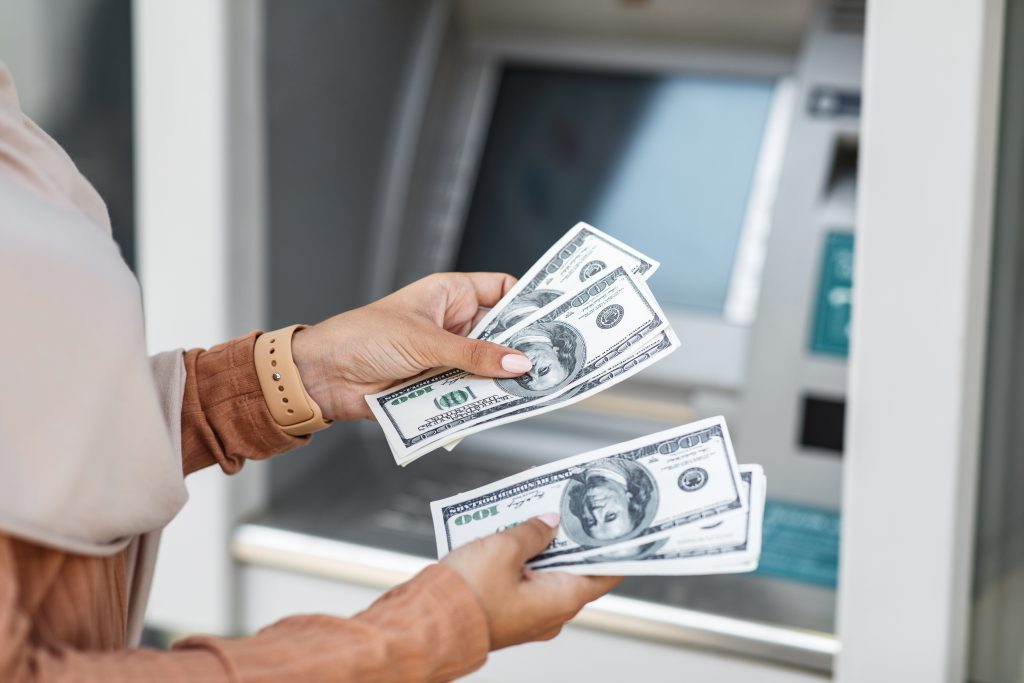
Can Change Machines Detect Fake Bills?
We’ve found that automatic bill-paying machines tend to be more accurate than people in recognizing counterfeit bills. Of course, there may be some situations where a human would make a better choice, but those are few and far between. At a minimum, when it comes to detecting counterfeits, these machines are pretty good and that’s not something we can say about many humans.
In our tests, for example, we found that the machines were able to detect counterfeit $20 bills at a rate of more than 98 percent. That’s comparable to what humans can do with the same amount of training. We also found that they could reliably tell the real $1 bills from the real $5 ones, a feat that even experienced bank employees have trouble with.
It’s not uncommon for people to use counterfeit money. Counterfeit U.S. bills are especially prevalent in the country’s border towns, where they’re often used to pay for rent or food.
Counterfeiters can make fake money by printing it on a regular printer, but that’s not always the case. Some of them have access to specialty printers, which allow them to use much higher quality ink and paper than the typical office machine. These printers can take a great deal of time and effort to make fake bills especially if you’re trying to match physical characteristics such as size and color so they have to be done in batches, rather than one-off jobs.
But counterfeiting is more than just a matter of making fake money; it’s also about passing off real money as fake. It might sound strange, but there are plenty of people who buy counterfeits and then spend them at stores or pay their rent with them.
Change machines would literally detect every single bill you insert in it and accept it if it was real or reject it if it was fake.
The machines have to be able to scan the machine-printed cash to detect it, but not look at it in a way that would reveal its identity. That’s because fake bills can be made almost entirely from real paper, like blank pieces of paper with the watermark and security strip already on them.
The machine also has to be able to detect a false magnetic strip or barcode, since those can be cut from larger sheets of paper.
Can ATMs Detect Fake Cash?
Detecting counterfeit money is an important task, especially for banks, cash handlers, and retailers. In recent years, advances in computer vision have made it possible to use cameras to identify fake notes. However, ATMs traditionally scan banknotes with ultraviolet light and magnetic fields rather than cameras. This method isn’t very reliable because banknotes are often damaged by UV light and wear out over time.
For this reason, banks now use machines that can sense fake banknotes with cameras. If you are talking about withdrawing fake notes from ATM machines, it’s very possible. But if it is about depositing fake notes using an ATM machine, then it is impossible.
When bankers are loading money on the ATM, they are only human and can sometimes include fakes in it. It might be a mistake or intentionally. But when the ATM is receiving cash deposits, it scans all banknotes before accepting it into the machine. That is why it can be difficult to use fake notes as ATM deposits and it can easily detect it.
Can Stores Detect Counterfeit Money?
Yes, they can. In fact, most banks have machines that detect fake bills, and bankers or cashiers are usually trained ahead of this unavoidable scenario. These machines work wonders. Basically, they will light up in certain areas if they are real or not. We usually use a pen to check them to be sure. So yes it happens, but not very often. Some of the counterfeit detectors counting machines would even fling out the banknote from among other notes when it gets there.
Retailers and banks are given special pens to help them identify fake bills, so the answer is yes, stores can detect counterfeit money. But the pen test isn’t foolproof. The ink in the pen reacts to starch, which is naturally present in paper from trees.
If the bill is real, it will turn yellow or clear. If it’s fake, it will stay brown. However there are some counterfeit bills that contain starch, so the pen will not be able to determine if it’s fake or not.
In addition to using pens and other tools, retailers and banks train their employees to look for certain signs that may indicate a bill is fake.
How Do Stores Handle Counterfeit Money?
What happens when a business receives a counterfeit bill from a customer? It depends on the amount of the bill and who was working at the time it was received.
If it’s a small amount and received by someone who works in the store, they usually call the police and file a report, then return to work and continue about their business for the day.
If the amount of the counterfeit is much, the store would usually involve the store’s security officers to have the camera reviewed to know who brought in the money, and then it can be taken to law enforcement agencies to look for a way to apprehend the culprit.
In the meantime, nothing can be done and every staff member can continue their normal day-to-day business. Furthermore, when a fake is received you should put it in a safe place like a zip locker, or safe so it doesn’t wear out.
What Does Counterfeit Bill Means? What Are The Risks Involved?
Counterfeit money is not legal tender. In other words, it’s not as good as the real thing. It’s also a crime to get your hands on it, and it can be very dangerous if you’re caught.
Counterfeit bills are the most common form of fraud in the world today. The scale of the problem is huge and it affects millions of people already. A counterfeit bill is almost always printed on high-quality paper. It looks exactly like real money until you hold it and feel that it has a bit of stiffness in the paper, or more importantly, smell a strange odor coming from the note.
Modern-day technology such as printing presses and copiers have made counterfeiting bills more sophisticated than ever before, making them harder to spot than ever before.
Counterfeiting is a felony, and if a counterfeit bill is used in any kind of transaction for example if someone buys something with a fake $20 bill at a store you can be charged with counterfeiting.
What happens if you’re convicted of counterfeiting? Well, your sentence will depend on the type of counterfeit bill you’re convicted of using, but typically, that means a long jail term.
- A Practical Guide to Post-Holiday Budgeting - July 5, 2025
- Where To Redeem Gift Cards In Nigeria - July 5, 2025
- Does Dunkin Take Google Pay And Apple Pay? - July 5, 2025

